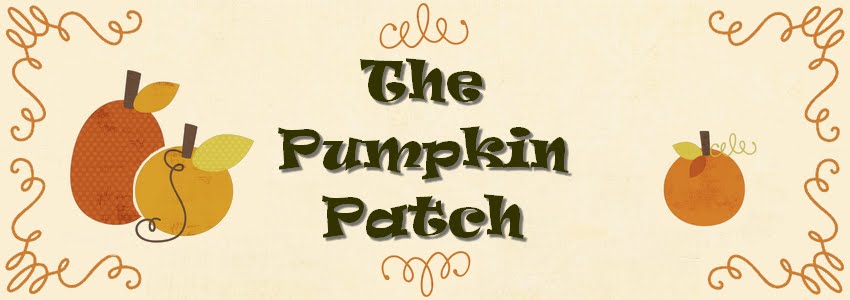 Ever used a sponge that stinks and then the smell stays on your hands even after you wash them? Let me tell you, it is GROSS!! Know what causes them to stink? BACTERIA! So, if you are washing dishes or countertops with a stinky sponge, you are just smearing around bacteria. Isn't that a lovely thought?
Ever used a sponge that stinks and then the smell stays on your hands even after you wash them? Let me tell you, it is GROSS!! Know what causes them to stink? BACTERIA! So, if you are washing dishes or countertops with a stinky sponge, you are just smearing around bacteria. Isn't that a lovely thought?Other than using a new sponge everyday, do you think there are other things you can do? Well, there are a few different things that kill the bacteria and get rid of the smell. Here are my favorites.
1. Boil your sponge. Put it in a pan and cover it with water. The sponge will probably float, but that doesn't matter. Bring it to a boil and let it boil on each side for 4-5minutes. Then take it off the heat and pour it out into the sink. Run cold water over it until you can touch it. Ring it out and let it dry. No more stink and no more bacteria. You need to do this regularly and your sponge will last for a long time.
2. Run it through the dishwasher. Put it on the top rack and run it through the dishwasher. Once the dishwasher is done, take the sponge out and run it under cold water while squeezing it. Once it is cooled off, ring it out and set it out to dry. No more stink and no more bacteria. I have 2 sponges that I rotate and it works great. I run the dishwasher every night, so I just make sure to put it in before I turn it on.
This is a picture of a dirty sponge under a microscope.
"Kitchen sponge microbes. Kitchen sponges can accumulate food and microbes when used for long periods of time and are not thoroughly cleaned. The moisture and food particles in a dirty sponge make it a perfect environment for microorganisms to grow (such as, bacteria and fungi). Their waste products give the sponge a distinctive smell. Features shown in this photomicrograph are: sponge surface (blue); bacteria (rod-shaped - purple and green colors); filamentous fungi (thin and thick filaments - purple and red colors); yeast fungi (round spheres - yellow-green color)."


I periodically wash my sponges with my bleachable whites in the washing machine. The combination of the hot water wash, detergent, and bleach cleans, deodorizes, and sanitizes them. Once I switch the rest of the load to the dryer, I just make sure to leave the sponge out to air dry. I have used most of my sponges this way for a long while (six months or more), and only get rid of them when they are getting to worn out to effectively use!
ReplyDelete